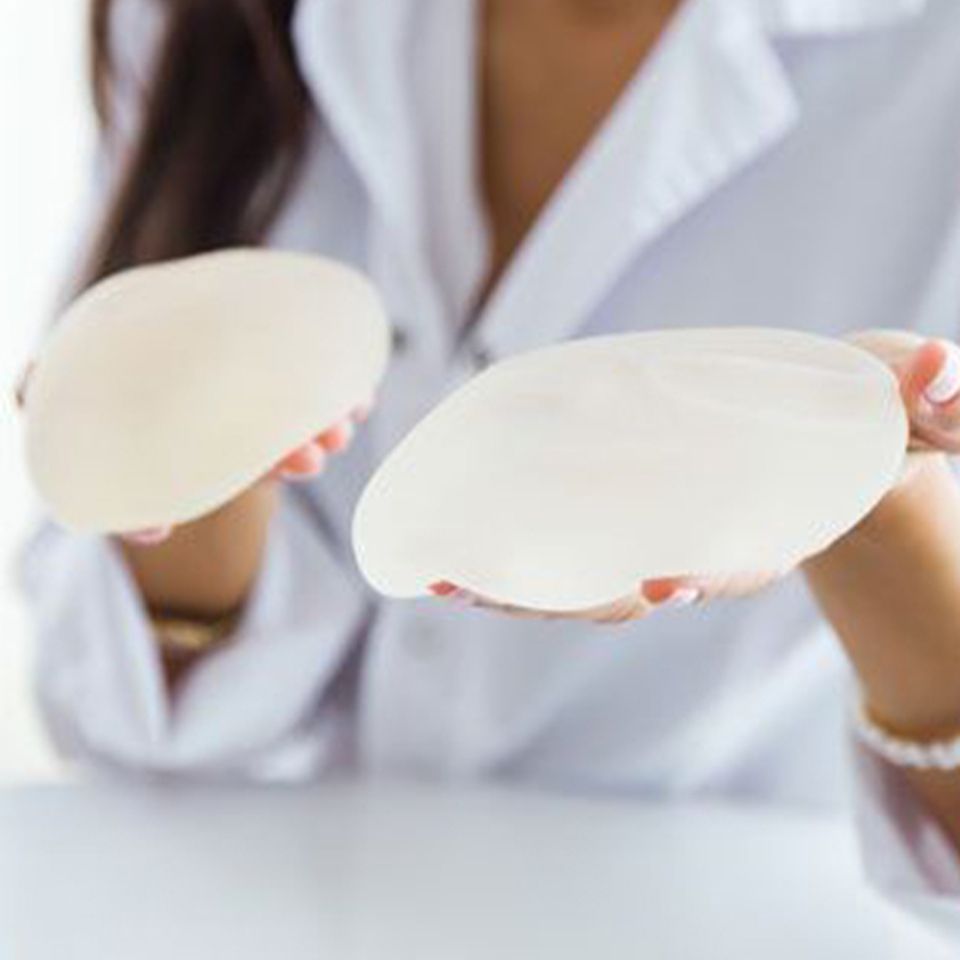Breast augmentation surgery without implants
Autologous fat transfer, also known as fat transfer or fat grafting, is a cosmetic procedure used to increase the size and volume of the breasts without the use of breast implants. Fat transfer may also be used in conjunction with implants in order to facilitate the patient’s desired breast appearance. The fat transfer technique is commonly used in breast plastic surgery procedures, including breast augmentation and reconstruction.
Whether you seek to lift, enhance, reshape, reduce, or amplify your bustline, Nesmith Plastic Surgery Center can help you achieve your desires for plastic surgery. Contact us today to schedule a consultation with our plastic surgeons in Gainesville for autologous fat transfer surgery. We also offer a wide range of cosmetic breast, face, and body procedures through our plastic surgery clinic.









